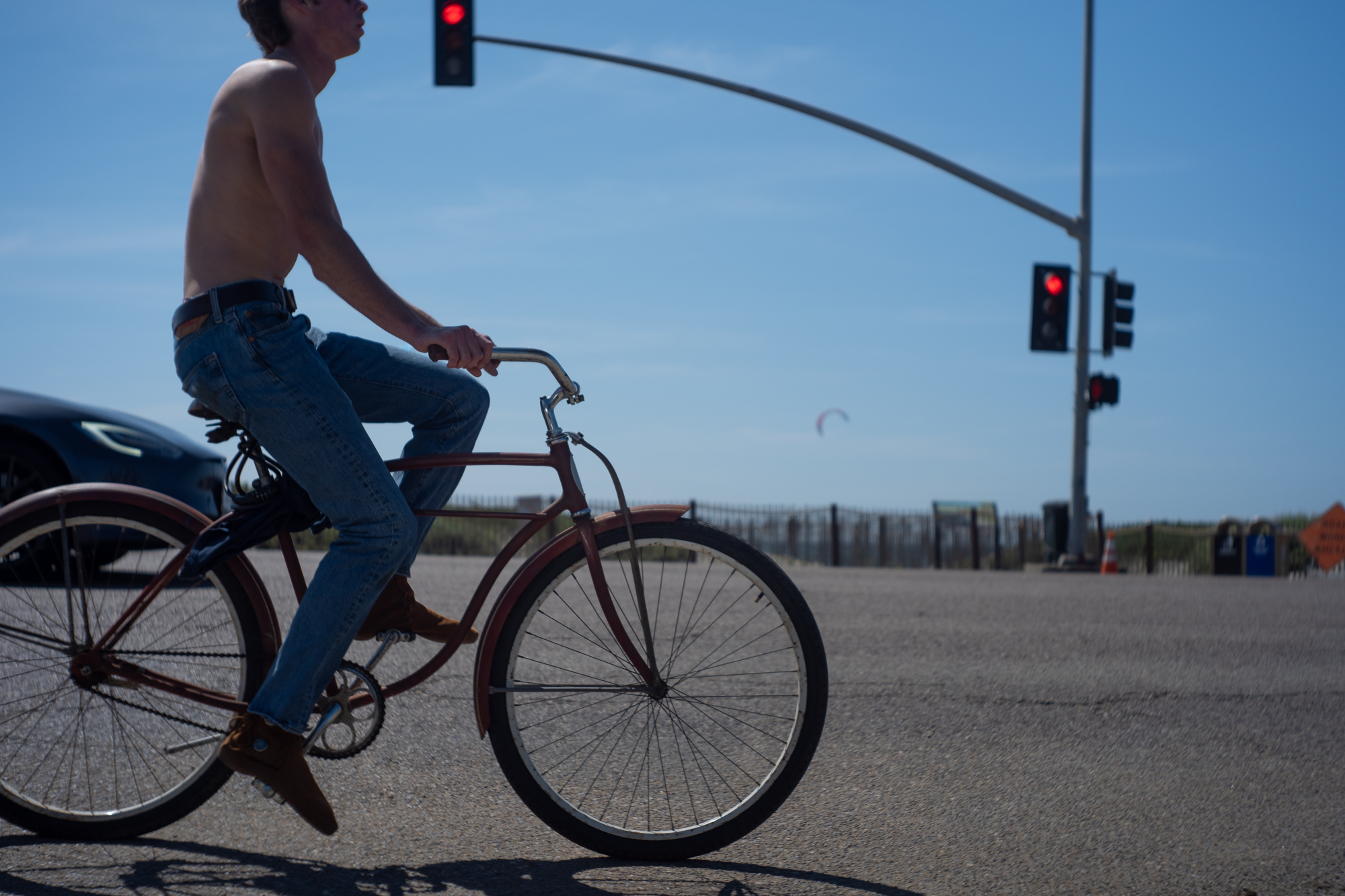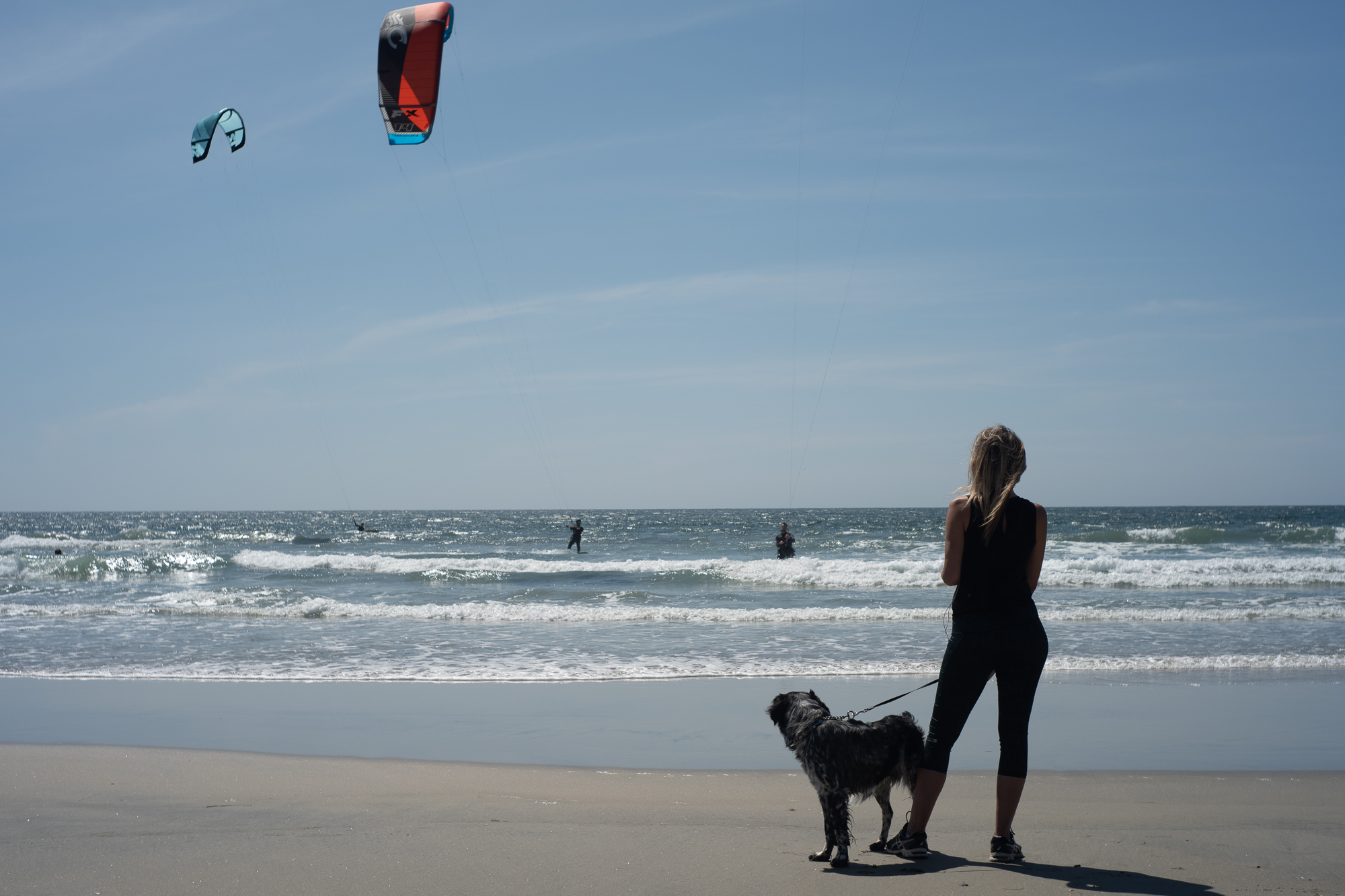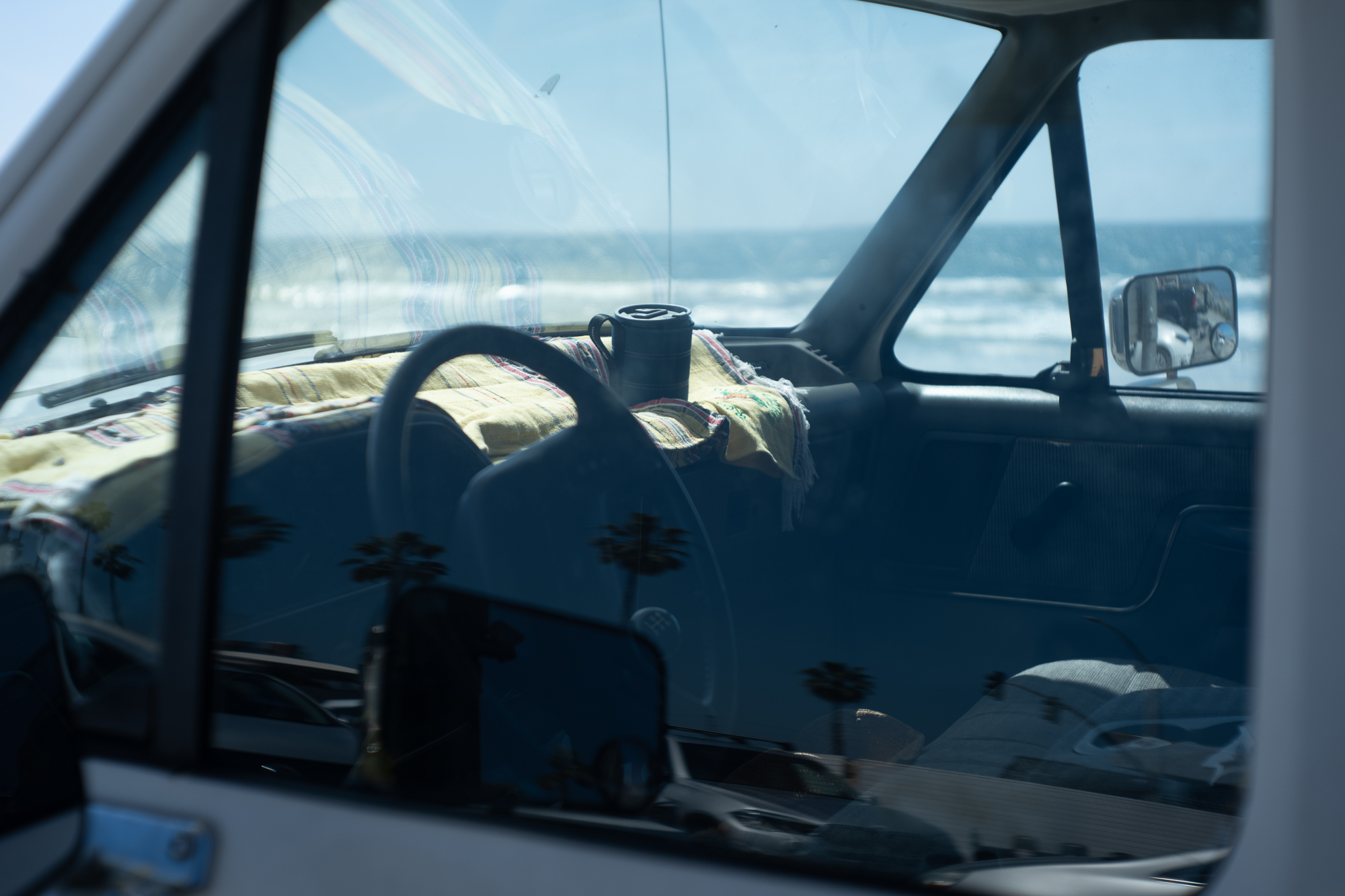The Industar 26-M is a Leitz Elmar derivative introduced in the Mid 1950s. It was the standard lens of the FED cameras and manufactured by FED and KMZ. Although these lenses are branded at 50mm (5cm) they are actually 52-53mm. The vast majority of these lenses are Leica LTM/M39. All models are chrome finish with a non-collapsible barrel. They were manufactured into the 1970s. Reference:SLR Lens Review.
As far as purchasing considerations…beware. I owned a few Soviet lenses over the years and the story is always the same. Some work better than others due to copy to copy variation. I owned some really solid ones and others were lacking. The ratings on eBay should be taken with a grain of salt if you don’t know who you are buying from. A lot of these lenses are pretty beat up. On the flip side, they are generally inexpensive so there’s that.
On Garden Gnomes and Parked Cars
I know I once said on this website that I wouldn’t talk about “build quality” because I have never actually opened a lens and looked inside. It is time to eat my words. I need to address build quality with the Industar 26-m.
This lens feels like it will fall apart in about 27 seconds. It feels like that by the time you read this, there is a good possibility that it turned to dust and I can just look inside and see the fleas and earwigs that have to have been maintaining the innards for the last several decades. It really feels that janky. Then again, the reason I don’t talk about build quality is because it is also possible that I have no idea what I am talking about. Maybe, it isn’t as bad as it feels. I mean, somehow it made it from 1950’s Russia to coronavirus infested California in 2020 right? Because the lens is made of aluminum it is lighter than you would expect. Maybe that is part of it. The only I can say with authority is that the aperture was a bit stiff.
The aperture stiffness turned out to be positive. The lens is tiny and the aperture is click-less. I found myself constantly trying to turn the aperture ring when I meant to be turning the focusing ring. The stiffness helped me tell the difference without looking. #silverlining.
The final piece of jankiness is that the aperture markings are on the bottom of the lens so when you look down, there are no aperture numbers. I found myself looking into the lens and guessing the aperture or just guessing based on the stiffness.
Getting past the jankiness, the bigger issue is that it wouldn’t focus properly on my M10. It wasn’t soft. It was off by a few feet. Truth be told, I kind of knew that that would happen but it was so inexpensive I figured I would give it a try since they are recommended all the time in the forums. Then again, there is chatter in the forums about how these lenses don’t focus on a Leica rangefinder without modification. The chatter is right.
I guess the take-home message is that 1) they are janky 2) these lenses might not focus properly on a Leica m10 without additional calibration and 3) purely based on usability they area better served photographing garden gnomes and parked cars than in the real world.
Given that I have been told I am on the spectrum and when I start a project I can’t stop, I was not done with this lens. I spent $30.00 on eBay and I was going to make this lens work dammit. With a combination of an LTM-M and an M-SL adapter, I was able to Frankenstein this lens onto my Panasonic S1. The rest of the review is based on my experience using it on the Panasonic S1.
Does it have SOUL?
Since it didn’t focus properly on my Leica, I didn’t spend all that much time using it but, as much as I hate to say it, this little lens with whatever the fleas and earwigs are doing in there was…dare I say it…fun to use. Gosh, I sound like a tool.
I kept bringing it along with me and I still can’t sort out why. For a while, it was like I had a bad case of pinworms and had to keep scratching the itch. Was it just to see what would happen? Was it just because I couldn’t believe that a $30.00 lens from the 1950s actually worked? Was I somehow trying to justify the stupidity of putting a $30.00 piece of glass on a $5000 camera? Until I get out my headspace app and do some self-exploration on those questions, as much as I hate to say it, this little piece of flea-infested trash has some soul in there.
Before we can discuss the image quality we need to address the elephant in the room. This picture is exhibit #1.

If there is a shining sun anywhere near this lens, and it isn’t stopped down to where the aperture ring gets sticky, it implodes. I don’t actually know what f-stop that is because the f-stop markings are on the bottom of the lens but I digress. The sun flares are heinous and uncontrollable. Living in San Diego, this is a deal-breaker. You would think that would be the end of the review but, as I said, this insect ridden little gem, while it wasn’t flaring, had (gasp) soul.
It isn’t SOUL which is a subtlety that comes through in an image. It isn’t the soul of a Holga which is obvious but charming. When it really gets going and doing it’s thing this type of soul grabs you by your jowls and asks “am I trying too hard?” The images with the flat contrast, muted and shifted colors, unsharpness at non-sticky apertures, go past the vintage and they enter the retro zone which, for better or worse, is a zone that is getting progressively more difficult to take seriously in 2020.
If there was no Instagram, no matte filter or LUT’s in Luminar, no Analog filter in Nik Software, and Adobe didn’t just add a set of vintage presets to every copy of Lightroom on the planet, this type of soul would be more interesting. In this day and age, however, this type of soul is played out. This lens is hammer pants, Crocks, Chumbawumba, Smash Mouth, American Pie (the song not the movie), that gecko on the insurance commercials, and the last season of Lost. This type of soul makes you wonder, if it is this easy to do in post, is this worth my time?
Don’t answer that just yet. We are not done here.
Is it kak?
If you are asking if it is kak to buy a $30 lens on eBay and then put it on a $5000 rangefinder knowing that it probably won’t focus properly? Yes. It is kak and a ridiculous thing to do and I have no idea why people are recommending this stuff for that application.
If, however, you are asking if it is kak to put it on a mirrorless camera like a Sony or Fuji and keep it around as a novelty or for some special projects where it might have an application or if you are quarantined during the next epidemic and you are just bored and want to play with something different. The answer is no, for those applications this little lens is decidedly not kak. Specifically, you might want to keep this around for video you little hipster you.
Did I keep it?
Normally, in this section I encourage you to get access to my Leica Lenses for Normal People: Recommended Lists. With this lens, it would be dumb to ask if I kept it for my Leica because it didn’t even focus. If I wasn’t doing this website or writing a book, that is probably where the Soviet lens story would have ended.
Fortunately for you and unfortunately for me, I was smitten by this one. Gosh, I sound like a tool. The Industar 26-m was just charming enough to keep me in the game researching vintage Soviet-era lenses. I also have an upcoming project where I will need a beachy retro surf vibe and something like this could work. If I could find something like this but with a better build, aperture numbers on the top of the lens, and 87% less flare I would be happy like a dog with two tails.
The search continues. This time, however, I recruited some help from an insider in Ukraine who guaranteed that my next Soviet lens, the Jupiter 8, will focus on my Leica M10. More on that in a few weeks.






